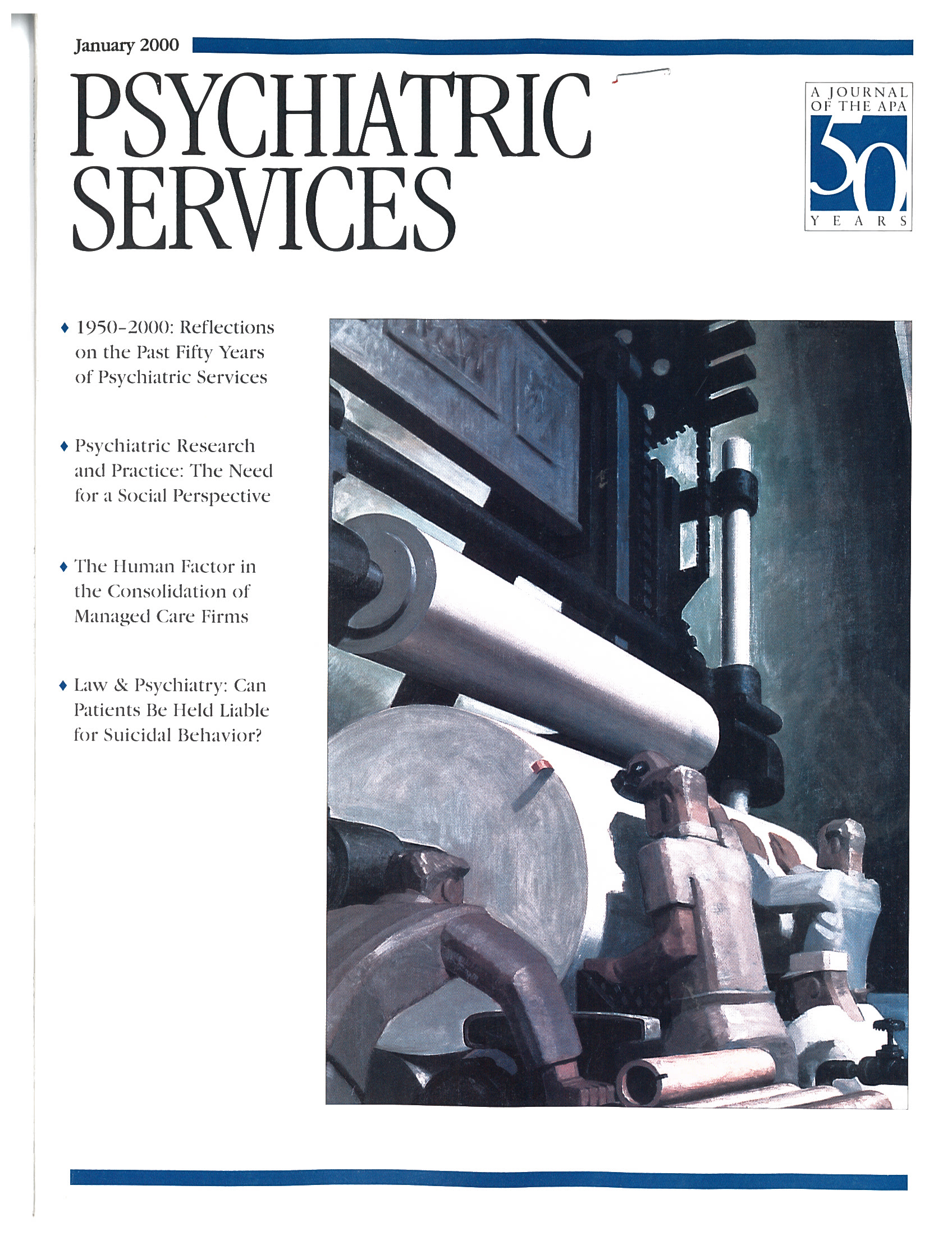Freud, and many other illustrious founders of our field, viewed masturbation and other putative forms of sexual excess as pathological. The 1960s, of course, and the so-called sexual revolution persuaded many otherwise. DSM-III-R only mentioned the term "nonparaphilic sexual addiction" as an example of a sexual disorder not otherwise specified, and DSM-IV no longer even refers to this kind of nomenclature. In keeping with the sixties' focus on the celebration of sexuality, the emphasis is on problems of hyposexuality rather than on hypersexuality.
But perhaps Freud, as in so many other instances, had at least part of the story right. Growing awareness of sexually transmitted disorders, not the least being AIDS, makes it easier to characterize unfettered sexual behavior as something that may meet the DSM-IV catch-all criterion of leading to "impairment in social, occupational, or other important areas of functioning." At the bottom line of clinical practice, we are not uncommonly confronted with patients whose chief symptom is an excessive reliance on masturbation, Internet pornography, or sex workers and who describe such symptoms as having had dramatic negative impact on their lives.
Only a handful of previous books have attempted to focus the attention of clinicians and researchers on such behavior, characterizing it as "sexual addiction" or "compulsive sexual behavior." Goodman's work falls in the tradition of those who view excessive sexual fantasies, urges, or behaviors as an addiction. Indeed, Goodman adapts DSM-IV criteria for substance dependence to describe a broad range of "addictive" sexual behaviors, arguing that they too are characterized by "tolerance" and "withdrawal." Such a model is unlikely to appeal to the many clinicians who reserve terms such as "addiction," "tolerance," and "withdrawal" for the substance use disorders, and who are concerned that their expansion to a wide range of other excessive behaviors is unwarranted by theoretical considerations or empirical data.
Nevertheless, such a model arguably has some heuristic value. It highlights, for example, phenomenological features such as the comorbidity of hypersexual symptoms and substance abuse. (Similarly, although obsessive-compulsive disorder clearly differs phenomenologically from many of the disorders that constitute the so-called obsessive-compulsive spectrum, the concept of this spectrum reminds clinicians to inquire about body dysmorphic disorder, hypochondriasis, and tics in patients who have obsessive-compulsive disorder.) Furthermore, this framework allows Goodman to put forward a detailed argument that similar psychodynamics underlie different "addictive" behaviors.
Certainly Goodman provides an extremely valuable service to the field by collating the psychoanalytic, cognitive-behavioral, sociocultural, and biological literature in this area; by developing a sophisticated theoretical thesis, which entails not only a psychological formulation of the relevant sexual symptoms but also a roughly "isomorphic" neurobiological formulation; by describing clinical features and underlying psychodynamics of patients in a way that will be useful to many clinicians; and by detailing an integrated assessment and treatment approach for further empirical research.
One hopes that this work, taken together with the empirical research it reviews, will help convince the authors of DSM-V of the need for a partial return to Freud, and the inclusion of a diagnostic entity—hypersexual disorder?—that will foster further research on the phenomenology, psychobiology, and treatment of an important group of patients.

